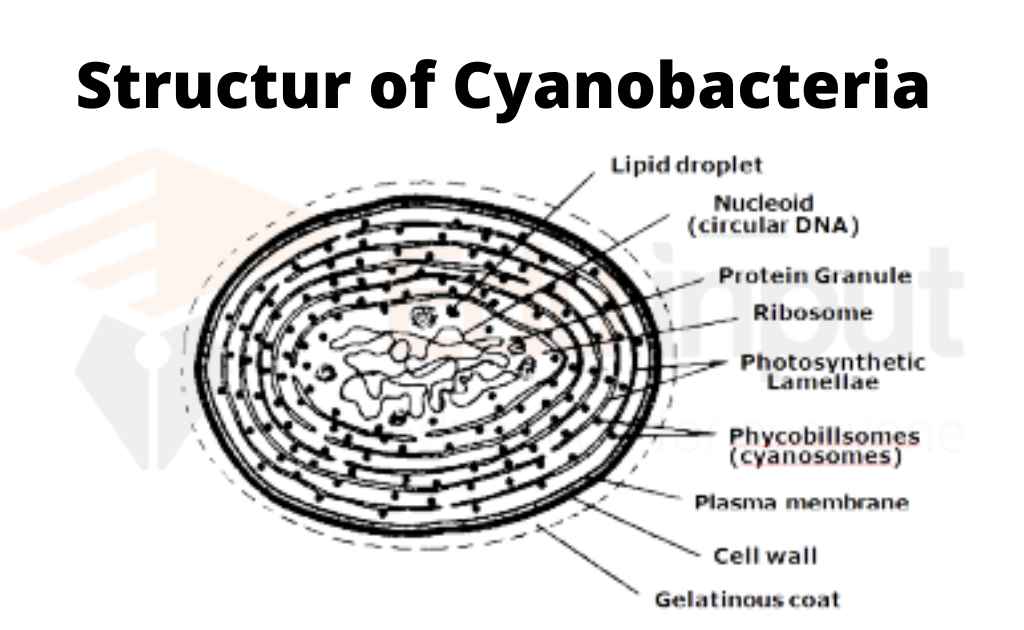Classification of Bacteria Based on Shapes
Bacteria are single-celled organisms that live everywhere. A great number of species have been identified and classified into very broad groups according to the way they metabolize their food, utilize oxygen, and their shapes.
In fact, there are five major groups of bacteria, and it is a generalization that nearly all other groups of bacteria can be placed within one of these five exhaustive divisions.
Classification of Bacteria Based on Shapes
There are two categories of bacteria:
Basic Categories
Bacteria are classified in to three categories on the basis of their shapes. These shapes are cocci, bacilli and spiral.
Pleomorphic
Most bacteria have constant shapes. Some bacterial cells are pleomorphic and exist in different shapes.
Basic Shapes of Bacteria
Other than basic and pleomorphic shapes, some other shapes of bacteria are also present. These are like trichome forming, sheathed, stalked, square, or star-shaped.
Cocci Shape
Cocci are spherical or oval bacteria. Coccus-shaped bacteria have two different types of cell walls, and they are named gram-positive and gram-negative. The gram-positive cell wall has a thick peptidoglycan layer, while the gram-negative cell wall has a thin peptidoglycan layer.
They have different arrangements. These arrangements are based on their plane of division.
1. Monococci: Bacteria is present in form of a single spherical cell.
2. Diplococcus: In diplococcus, division occurs in one plane and cocci occur in pairs.
3. Strptococcus: In streptococcus, division also occurs in one plane but the bacteria forms long chain of cells to make streptococcus.
4. Tetrad: When the division of cells occurs in two planes, it will produce a tetrad arrangement. A tetrad is a square of 4 cocci.
5. Sarcina: When division occurs in three planes, it will produce a Sarcina arrangement. Sarcina is a cube of 8 cocci.
5. Staphylococcus: When division occurs in random planes, it produces a staphylococcus arrangement. In this case, the cocci are arranged irregularly like clusters of grapes.
Examples of Coccus:
Diplococcus Pneumoniae, Staphylococcus Aureus.

Bacilli Bacteria
Bacilli are rod-shaped bacteria. Bacillus is a single cell of bacteria. They can survive in extreme heat, with temperatures as high as 420 degrees Celsius.
Most bacteria are free-living and non-parasitic, meaning they don’t rely on other organisms for survival.
There are following arrangements of bacilli:
- Streptobacillus: Streptobacillus is a chain of bacilli.
- Diplobacilli: When bacilli occur in pairs, then the arrangement is called diplobacilli.
Examples of Bacilli
Escherichia Coli, Bacillus Subtilis, Pseudomonas.

Spiral Shape
The spiral-shaped bacteria are spirally coiled or exist in helical form. They are mostly gram-negative bacteria. There are the following forms of spirals:
1. Vibrio: It is a curved or comma-shaped spiral.
2. Spirillum: It is a thick and rigid spiral.
3. Spirochete: It is a thin, flexible spiral.
Examples of Spiral shape Bacteria
Helicobacter pylori, Campylobacter jejuni.

Related FAQs
What are the types of bacteria on the basis of their shape?
There are the following types of Bacteria based on their shapes:
Cocci
Bacilli
Spiral
What is Cocci?
The bacteria having spherical or oval shapes are called Cocci. For example Diplococcus Pneumoniae.
Which is a rod-shaped bacteria?
All bacteria having rod-shaped structures are known as Bacilli. For example Escherichia Coli.
What is Spirilla?
Bacteria that have spiral shapes structures are known as Spirilla. For example Helicobacter pylori.

 written by
written by 





Leave a Reply